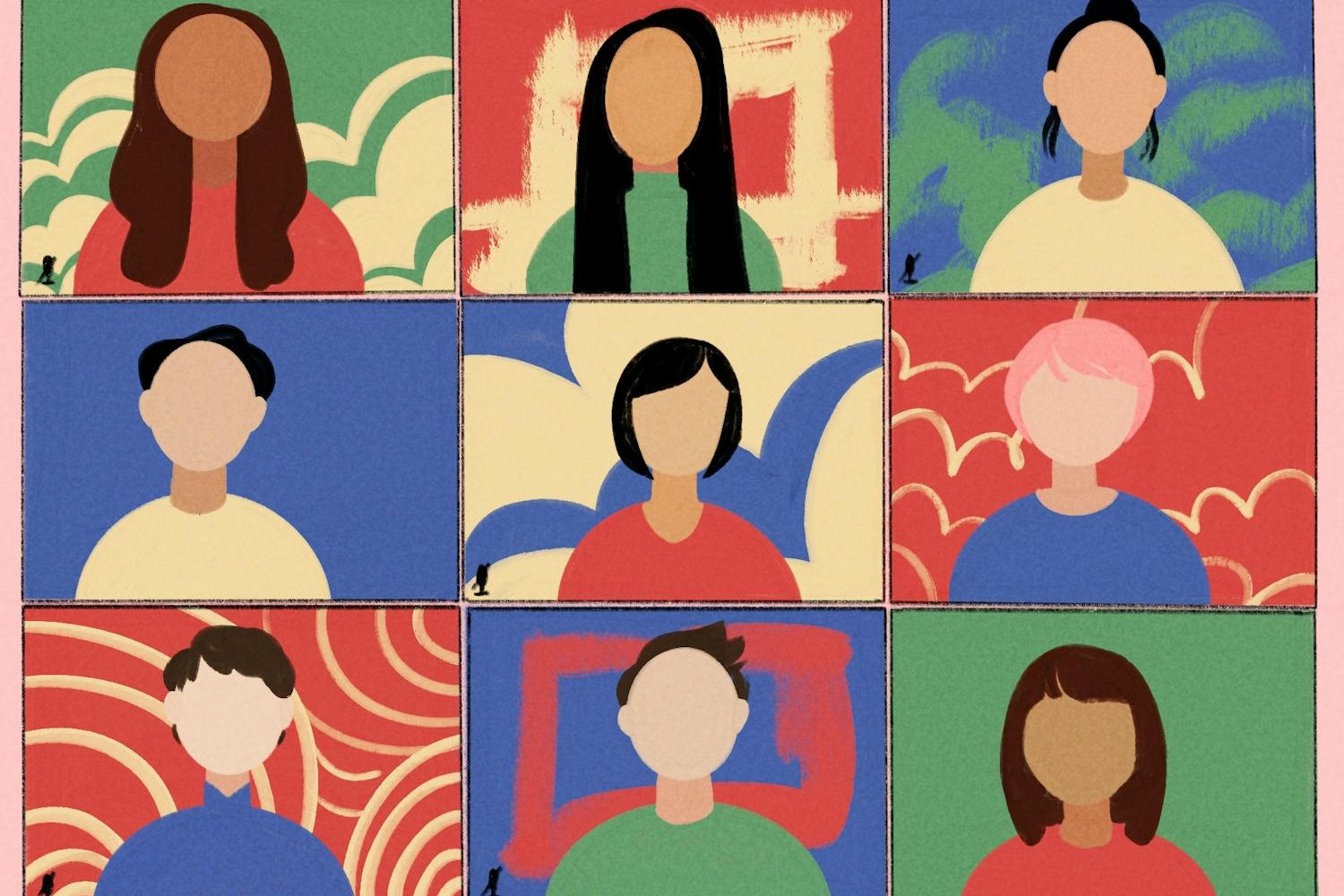Part of the Galvin Playhouse on ASU’s Tempe campus transformed into Emerge 2018: Luna City 2175, a free art, science and technology festival portraying what life could be like if humans colonized the moon.
The event took place on March 17-18, when the playhouse became a futuristic city set in the year 2175. The exhibit was inspired by the work of Kim Stanley Robinson, author of science fiction novels and extensive space exploration research.
Emerge, a recurring event hosted by the ASU School for the Future of Innovation in Society, began in 2012.
“(Stanley Robinson) has been a real visionary in imagining the future of human civilization in the solar system,” Ed Finn, founding director of the Center for Science and the Imagination at ASU and co-founder of Emerge, said.
Finn said Emerge is a “festival of futures” and each event is based on a “thought-provoking, inspiring and ambitious future.”
This year's preparations resulted in Luna City, a fictional city located on the south pole of the moon. As visitors came into the exhibit, they were greeted as "thirds," people from the third planet from the sun. They were invited to immerse themselves in daily life on the moon, according to Ken Eklund, visiting artist at the School for the Future of Innovation in Society.
Eklund said the installation was not meant to be a Hollywood-type experience where the audience felt it was unrealistic or fake. The experience allowed audience members to ponder the reality of living on the moon in the future.
Visitors met people living in Luna City, followed them through their daily lives and spoke to them about their culture. Each actor was dressed in carefully selected and crafted attire which reflected their personalities and their interests.
"The artistic feel came in after we had the standard issue Tyvek suits that each actor wears," Melissa Waite, a costume designer and event coordinator assistant for the School for the Future of Innovation in Society, said.
In addition to meeting moon-dwellers, visitors saw their apartments, their way of life and the food they ate. Visitors could even see the Earth from Luna City's point-of-view.
JP Nelson, a senior in the School for the Future of Innovation in Society, said he was involved in producing an exhibit for Luna City that displayed a set of artifacts illustrating hypothetical food culture. The display was an offshoot of the themes explored in his "Future of Space Food" class taught by Lauren Keeler, an assistant research professor for the School for the Future of Innovation in Society.
"Based upon our knowledge of the Luna City scenario, we brainstormed food artifacts that could interestingly and evocatively illustrate the ways in which living in space and living in a lunar colony with limited resources ... would affect the things people ate," Nelson said.
Nelson and other students researched previous attempts to cultivate food in space, focusing on academic works in the fields of astrobotany and hydroponics.
"We also looked at historically what astronauts have eaten in space, how they have eaten in space, and how they do in the present," Nelson said.
Nelson said part of what Emerge is designed to do is to engage with visitors. They hope visitors will think about policy, their values and the future.
"It's one thing to ask people to think about the future, and it's another thing to attempt to immerse them in a future," Nelson said.
Keeler said the importance of looking at the future is because time is only moving in one direction: forward.
"For me, speculating about the future is a means of speculating about ourselves and what it means to be human and how that experience could be changed or modified by the way we innovate," Keeler said.
Reach the reporter at @ssaulnie@asu.edu or follow @SedonaRose_S on Twitter.
Reach the reporter at sabine.galvis@asu.edu or follow @sabinegalvis on Twitter.
Like The State Press on Facebook and follow @statepress on Twitter.




